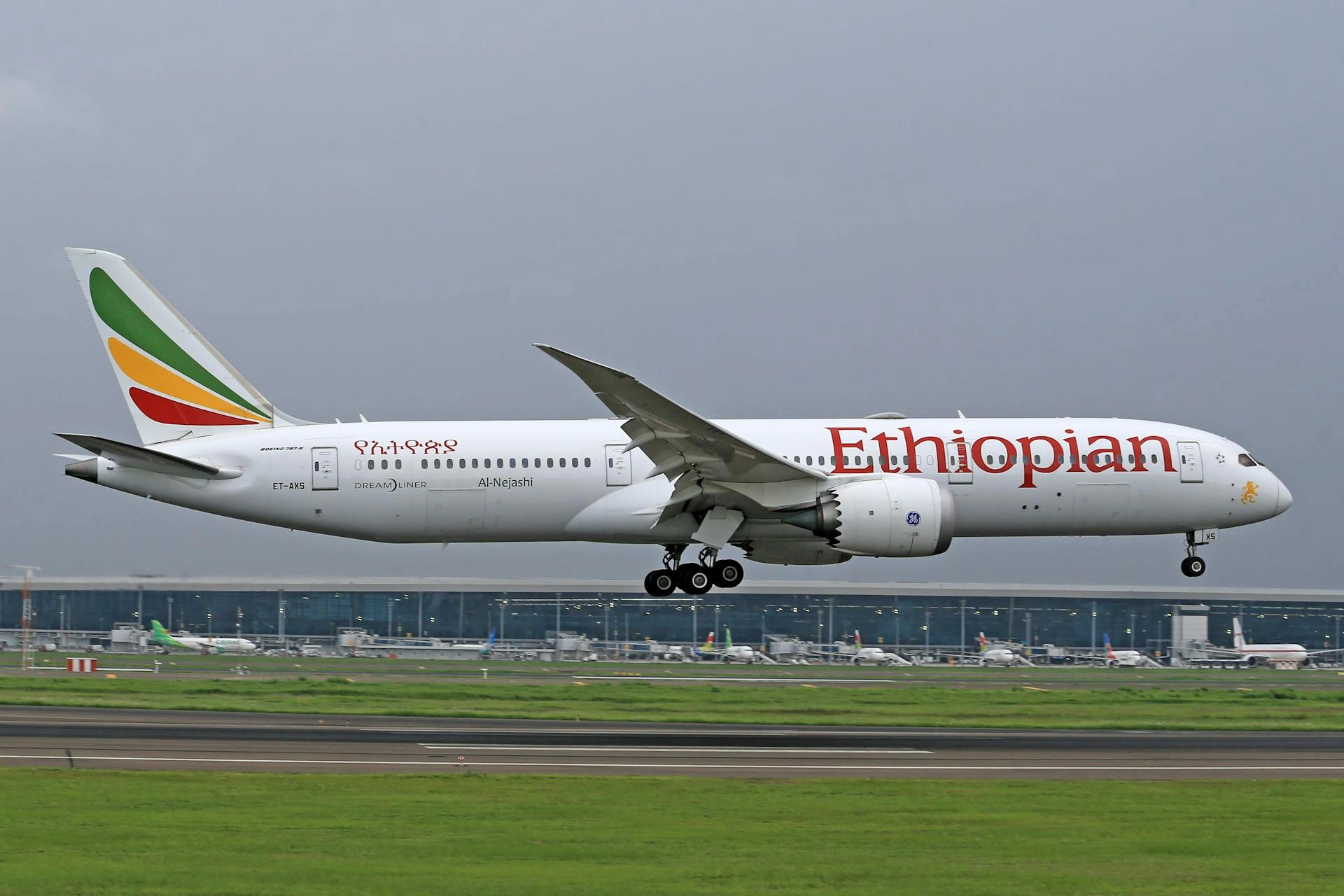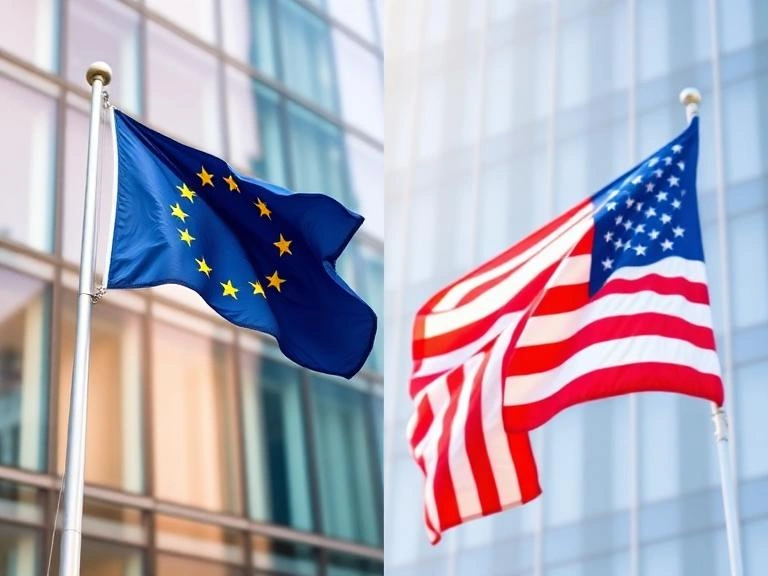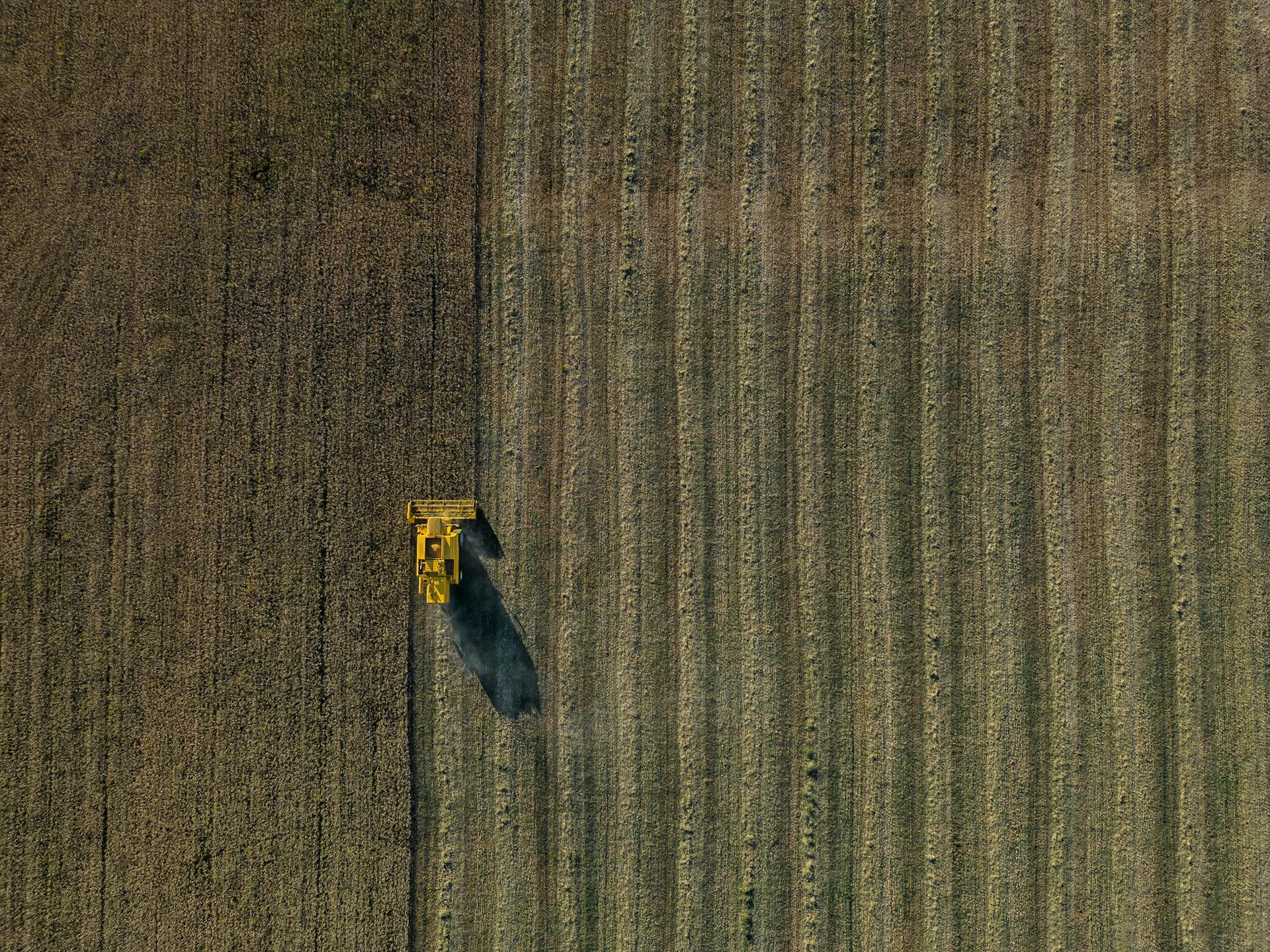Exclusive: European trophy hunters linked to more than 80% of global cheetah kills, report warns

John E. Kaye
- Published
- News

Hundreds of endangered cheetahs shot for sport and imported into Europe under antiquated legal loopholes that critics say are fuelling extinction
European hunters are responsible for the vast majority of endangered cheetahs killed for trophies in recent years, according to a damning new report that accuses the EU of enabling the decline of one of Africa’s most iconic species.
An investigation by the Wildlife & Conservation Foundation (WCF) found that 81 per cent of all cheetah trophies recorded globally between 2018 and 2023 were imported into Europe.
In total, 397 skins and skulls were brought into 26 European countries over the five-year period, despite studies showing that its global population has declined by up to 51% between 2008 and 2023.
The report, ‘Cheetah Crisis – European Trophy Hunters Killing Africa’s Most Endangered Big Cat’, released this week exclusively to The European, stops short of naming individual hunters.
But it notes that European nationals made up the majority of those travelling from abroad to shoot cheetahs—accounting for 26 of the 37 countries of origin—strongly suggesting that most of these imports were brought home by hunters who had travelled overseas to kill the animals.
Actor Peter Egan is the director of the WCF and said the figures reflect how deeply embedded trophy hunting remains in Europe’s relationship with endangered wildlife.
Mr Egan, best known for TV roles including Downton Abbey and After Life, warned that legal loopholes, weak enforcement and the illusion of sustainability were accelerating the decline of species already on the brink. “We are watching the extinction of one of Africa’s most iconic animals unfold in real time—largely for the sake of wall-mounted souvenirs,” he added.
According to the report—compiled from international trade records by the UN Environment Programme World Conservation Monitoring Centre (UNEP-WCMC)—a total of 489 cheetah trophy imports were recorded worldwide between 2018 and 2023.
Of these, 397 were destined for Europe.
Spain, Russia, Germany, Hungary and France accounted for the bulk of the imports, with Austria, Poland, Denmark, Italy, Czechia and the UK also appearing on the list.
In contrast, North America imported just 54 cheetah trophies during the same period, most of them before the United States introduced a ban under its Endangered Species Act. Despite its powerful hunting lobby, the U.S also bans imports of other endangered animals such as polar bears, the report adds.
Fewer than 40 were recorded across Asia, South America and Africa combined.
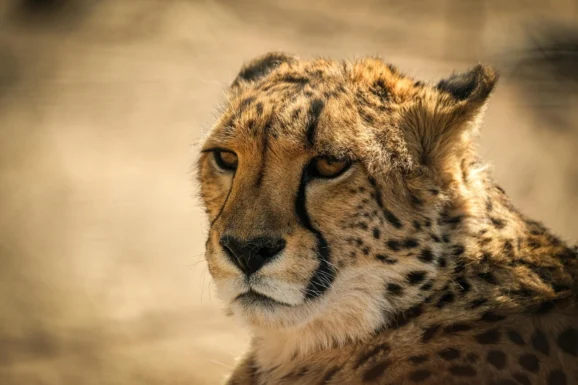
Conservationists say Europe’s role as a major hub for trophy hunting imports reflects a failure of regulation. As bans have tightened elsewhere, the trade has shifted towards jurisdictions that still allow it under legal exemptions.
Appendix I of the Convention on International Trade in Endangered Species (CITES) is meant to ban international trade in endangered species, including cheetahs, for commercial purposes. But this restriction does not apply to trophy hunting because CITES defines it as a “non-commercial” activity, even when hunters pay tens of thousands of euros to shoot an animal and export its remains.
The loophole means that hunters can legally import the skins, skulls and full-body trophies of cheetahs into Europe as long as they obtain both an export permit from the country of origin and an import permit from their own.
The EU applies the same system through its Wildlife Trade Regulations. As long as the hunt is treated as ‘personal’ and non-commercial, imports are allowed—even for endangered animals such as cheetahs, elephants, black rhinos and leopards.
Conservationists say the trophy hunting industry has become a slick operation, packaging the killing of endangered wildlife as a luxury ‘bucket list’ experience.
Far from being a fringe trade, these hunts are said to be promoted widely across Europe. Professional outfitters market them at expos, often showcasing taxidermy specimens and brochures of big-game trophies, the report says.
According to the report, a typical cheetah hunt can cost anywhere from €13,000 to €30,000, depending on the location and package. There are 39 separate cheetah hunts currently advertised online, it adds, with many offering full-service trips including airport transfers, luxury lodges, trackers, meals, and taxidermy. All are based in Namibia, the only country in the world that still permits legal cheetah hunting.
“This isn’t someone bringing back a souvenir from a beach holiday,” Eduardo Gonçalves, founder of the Campaign to Ban Trophy Hunting, told The European. “These are the skins, skulls and carcasses of animals that are vanishing from the wild—carried through airports and customs with paperwork that treats it like a pair of hiking boots. If a hunter pays €20,000 to shoot a cheetah and ship it home, that’s not a personal memento. That’s a commercial transaction, no matter how it’s dressed up.”
Nowhere is the impact said to be clearer than in the cheetah population itself. The species has lost over half its mature individuals since 2008, with only 6,517 estimated to remain in the wild.
Cheetahs now occupy just nine per cent of their historical range. Roughly 3,500 survive in southern Africa, while 2,102 are found in the east and just 419 in the west, centre and north of the continent. A small and highly vulnerable population also persists in Iran.
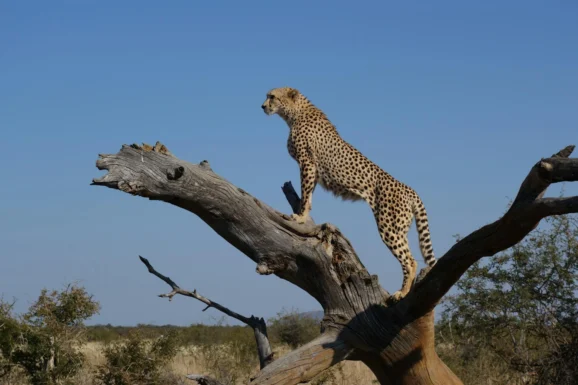
Public outrage over trophy hunting surged in 2015 after the killing of Cecil the Lion, a protected animal lured from Zimbabwe’s Hwange National Park and shot by an American dentist. The backlash sparked protests and political pledges.
But 10 years later, conservationists say little has changed.
While the U.S, Australia and several African nations have implemented bans on trophy imports, Europe’s response has been uneven. The Netherlands, Belgium, Finland and Poland have introduced sweeping restrictions. France has banned lion trophies and plans to expand its list. Germany and Italy are reviewing legislation, and the European Parliament has called on the European Commission to propose a continent-wide ban.
But the UK has fallen behind. Although ministers promised a ban in 2021 through the Animals Abroad Bill, the legislation has stalled repeatedly. Only one cheetah trophy import was recorded in the UK during the reporting period, but campaigners say that’s no excuse for inaction.
“Cecil should have been a turning point,” Gonçalves said. “But a decade later, it’s clear the global trophy hunting industry has adapted, not disappeared. Trophy hunters are now targeting species even closer to extinction—and governments are still waving them through customs with a permit and a smile.”
The WCF is now calling for a global moratorium on the hunting of all species listed under CITES Appendix I, an immediate suspension of import permits, and a legal reclassification of trophy hunting as a commercial activity. Without those changes, it warns, the international system will continue to enable the legal trade in the body parts of animals that may not survive the next few decades.
The Campaign to Ban Trophy Hunting is also calling for a full Europe-wide ban and is urging the public to sign its petition at www.bantrophyhunting.org/petition.
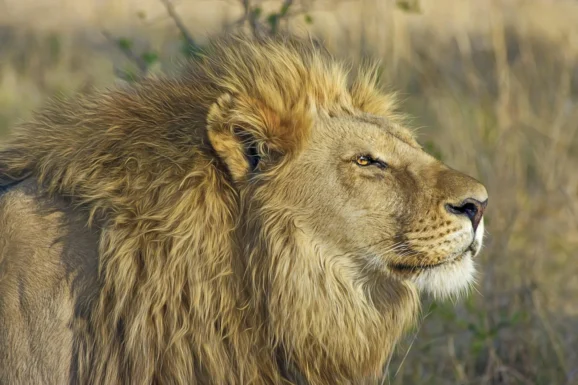
Stanley Johnson, the former MEP, environmental campaigner and author who helped shape Europe’s earliest conservation laws, said the report underscored a moral and legislative failure.
Mr Johnson, who is The European’s Editor-at-Large, said: “The fact that cheetahs—animals classified as endangered under international law—are still being shot for sport and imported into Europe is, frankly, indefensible. It exposes a deep contradiction in our policies. We say we want to protect biodiversity, yet we allow hunters to bypass bans by labelling their kills as ‘personal imports’. That loophole has become a back door for extinction.
“When I served as an MEP, I was vice-chair of the Environment Committee. We fought hard to get robust protections in place through CITES and the EU’s Wildlife Trade Regulations. But those rules are now being undermined by a commercial industry masquerading as non-commercial tourism. If we’re serious about conservation, we have to close that loophole as soon as possible.
“We simply cannot allow our airports and customs systems to serve as gateways for body parts of animals that may not survive another decade in the wild.”
Main image: Magda Ehlers/Pexels
Sign up to The European Newsletter
RECENT ARTICLES
-
 UK and South Korea finalise upgraded free trade agreement
UK and South Korea finalise upgraded free trade agreement -
 Trump lawsuit against BBC raises questions over legal pressure on European public broadcasters
Trump lawsuit against BBC raises questions over legal pressure on European public broadcasters -
 UK government sets up Women in Tech taskforce amid gender imbalance concerns
UK government sets up Women in Tech taskforce amid gender imbalance concerns -
 Mycelium breakthrough shows there’s mush-room to grow in greener manufacturing
Mycelium breakthrough shows there’s mush-room to grow in greener manufacturing -
 Marriott strengthens South African portfolio with new Autograph Collection hotel in Cape Town
Marriott strengthens South African portfolio with new Autograph Collection hotel in Cape Town -
 Oxford to host new annual youth climate summit on UN World Environment Day
Oxford to host new annual youth climate summit on UN World Environment Day -
 Countdown to Davos 2026 as Switzerland gears up for the most heated talks in years
Countdown to Davos 2026 as Switzerland gears up for the most heated talks in years -
 Paribu buys CoinMENA in USD 240m deal as regional crypto markets consolidate
Paribu buys CoinMENA in USD 240m deal as regional crypto markets consolidate -
 AI innovation linked to a shrinking share of income for European workers
AI innovation linked to a shrinking share of income for European workers -
 African airspace overhaul set to shorten flight times for European travellers
African airspace overhaul set to shorten flight times for European travellers -
 Exclusive: Global United Nations delegates meet in London as GEDU sets out new cross-network sustainability plan
Exclusive: Global United Nations delegates meet in London as GEDU sets out new cross-network sustainability plan -
 Fast fashion brands ‘greenwash’ shoppers with guilt-easing claims, study warns
Fast fashion brands ‘greenwash’ shoppers with guilt-easing claims, study warns -
 Europe’s shrinking middle class is turning to the radical right, new study suggests
Europe’s shrinking middle class is turning to the radical right, new study suggests -
 Private sector set to overtake government as main driver of corporate sustainability in 2026, report suggests
Private sector set to overtake government as main driver of corporate sustainability in 2026, report suggests -
 Europe emphasises AI governance as North America moves faster towards autonomy, Digitate research shows
Europe emphasises AI governance as North America moves faster towards autonomy, Digitate research shows -
 JPMorgan plans multibillion-pound tower in Canary Wharf
JPMorgan plans multibillion-pound tower in Canary Wharf -
 Strong workplace relationships linked to higher initiative among staff, study finds
Strong workplace relationships linked to higher initiative among staff, study finds -
 Brexit still hitting poorest hardest as food costs rise and mental health worsens
Brexit still hitting poorest hardest as food costs rise and mental health worsens -
 Global crises reshape household food habits, major review finds
Global crises reshape household food habits, major review finds -
 Sir Trevor McDonald honoured at UWI London Benefit Dinner celebrating Caribbean achievement
Sir Trevor McDonald honoured at UWI London Benefit Dinner celebrating Caribbean achievement -
 Adelphi Masterfil acquires Karmelle to bolster UK machinery manufacturing
Adelphi Masterfil acquires Karmelle to bolster UK machinery manufacturing -
 Cost-of-living pressures push London staff to seek practical perks
Cost-of-living pressures push London staff to seek practical perks -
 AI and scent-science firm Arctech expands into agriculture with Rothamsted base
AI and scent-science firm Arctech expands into agriculture with Rothamsted base -
 Malta PM says future growth hinges on stronger higher-education system
Malta PM says future growth hinges on stronger higher-education system -
 Golden visa surge sets the stage for InvestPro Greece 2025
Golden visa surge sets the stage for InvestPro Greece 2025










